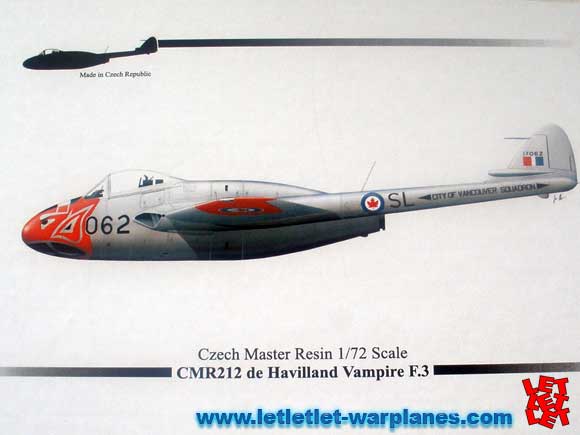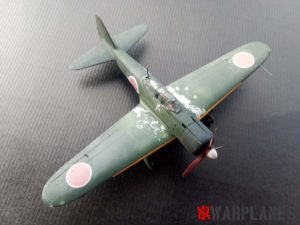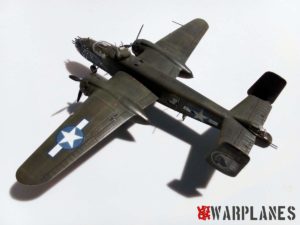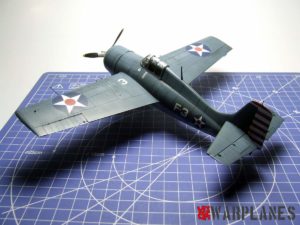CMR 212 De Havilland Vampire F.3 1/72
The de Havilland DH.100 Vampire was a British jet-engine fighter. It was commissioned by the Royal Air Force during the Second World War, and was the second jet fighter to enter service with the RAF, after the pioneering Gloster Meteor. Although it arrived too late to see combat during the war, it served with front line RAF squadrons until 1955, and continued in use as a trainer until 1966. It also served with many air forces worldwide, and set aviation firsts and records. First two Vampire F3 were converted from two Vampire mk I, and Canadians were among largest customers for this particular type. With 86 in total, the F 3 was the first jet fighter to enter RCAF service in any significant numbers. It served to introduce fighter pilots not only to jet flying, but also to cockpit pressurisation and the tricycle landing gear. The “Vamp” was a popular aircraft, easy to fly and considered a “hot rod”. 20 Vamps were exported to Norway and a total of 202 were built.

The kit come packed in hard top box with all major parts packed in separate bags in order to avoid possible damage during the shipping. CMR kit features over 50 resin parts molded in recognizable excellent quality resin. This multimedia kit comes with Eduard photo etched parts and masks for quick and precise painting of canopy. Resin parts produced by CMR are as usually outstanding quality with minimal molding blocks parts that need to be cleaned. Cockpit is highly detailed and once assembled and painted it looks wonderful and realistic. CMR provided two Canopies as usual for them just in case that you need to practice on one; these parts are vacuformed and with excellent transparency. Level of details on fuselage wings and tail is excellent with opportunity to leave flaps and airbrakes in opened or closed position at your choice.
CMR provided two fuselages to accommodate the RCAF version with a clear panel just forward of the windscreen. Undercarriage is outstanding with wheel wells beautifully molded and highly detailed. Landing gear legs are molded in special CMR extra strong resin so they appear to be more than strong enough to hold the finished model. Six A4 pages walkarround is also packed in the kit so it will be handy once you start building this kit. Assembling instructions are well designed and printed on six A4 pages, and they are easy to follow. Decals are as usual for CMR beautifully printed, thin and in register and regarding the choice of color schemes, they are as follow:
- De Havilland Vampire F.3 – VT 864 – ‘H’, No. 54 Squadron, RAF, 1948
- De Havilland Vampire F.3 – VT 871 – No.601 ‘County of London’ Squadron, RAF
- De Havilland Vampire F.3 – VT 821 – ‘L’, No.601 ‘County of London’ Squadron, RAF, Malta, June 1952
- De Havilland Vampire F.3 – 17021 – ‘021/GO’, RCAF
- De Havilland Vampire F.3 – 17031 – ‘031/SL’, 402 and 442 Squadrons., RCAF, up to 1956
- De Havilland Vampire F.3 – 17062 -‘062/SL’, 442 “City of Vancouver” Sqn., RCAF, Sea Island, British Columbia, 1948-56
- De Havilland Vampire F.3 – 17074 – ‘074/SL’, 442 “City of Vancouver” Sqn., RCAF, Sea Island, British Columbia, 1948-56
- De Havilland Vampire F. Mk.III – P42459 – ‘B-AH’, 336 Sqn. RNoAF (Royal Norwegian Air Force), Norway, 1949
- De Havilland Vampire F. Mk.III – P42459 – ‘H-PX’, 336 Sqn. RNoAF (Royal Norwegian Air Force), Norway, January 1951
CMR Vampire kits family is truly remarkable and by any means this kit is great addition. I can highly recommend this kit to all modelers with some experience in working with this kind of kits. This is not a kit for a beginner but surely it is a kit that every early Jet fan should have in his collection.
Darko Mladenovic
Sample kit provided by Petr Buchar owner of CMR
















